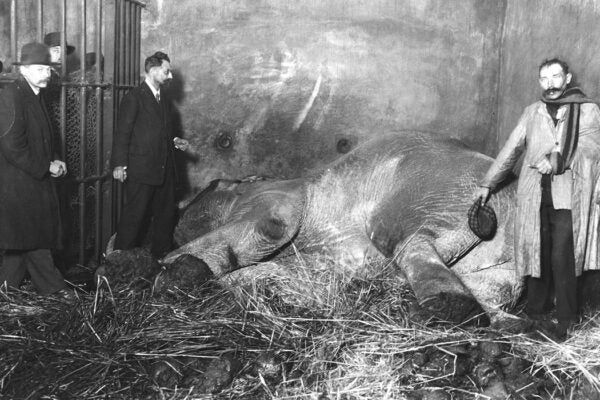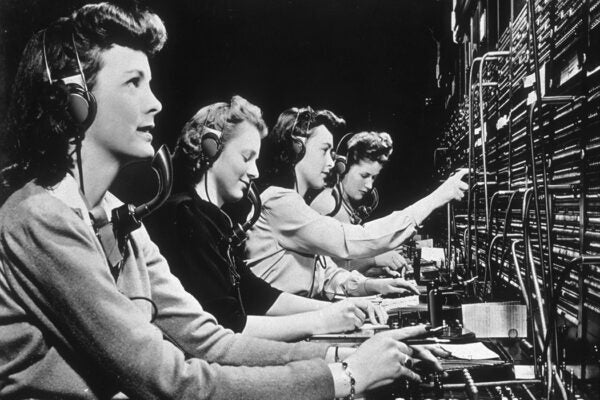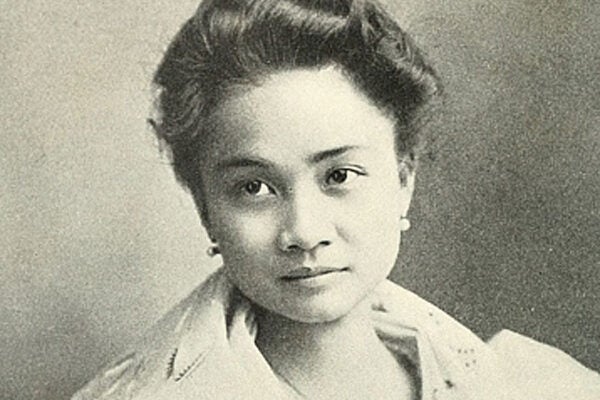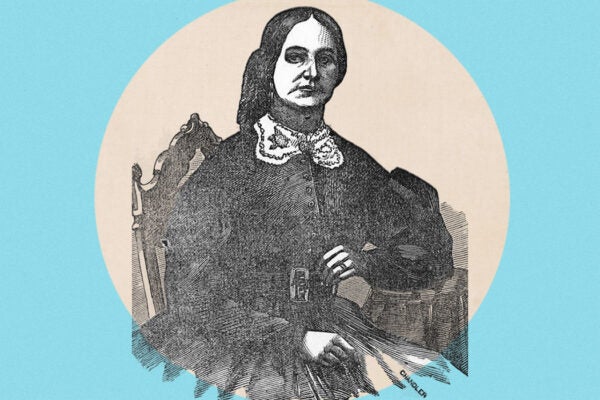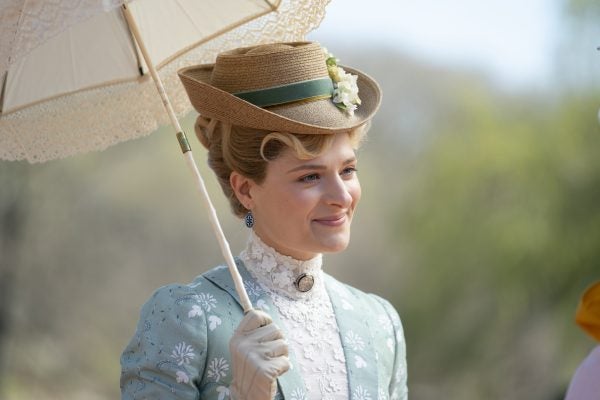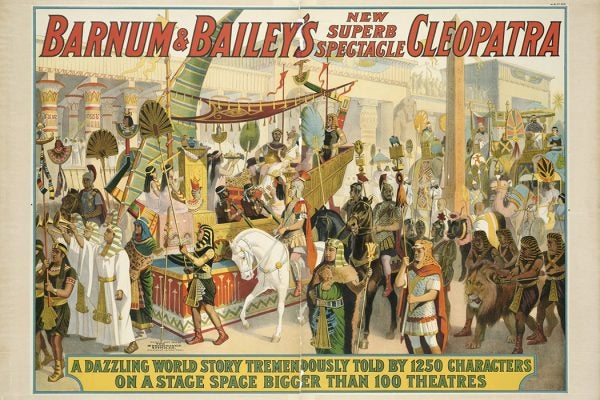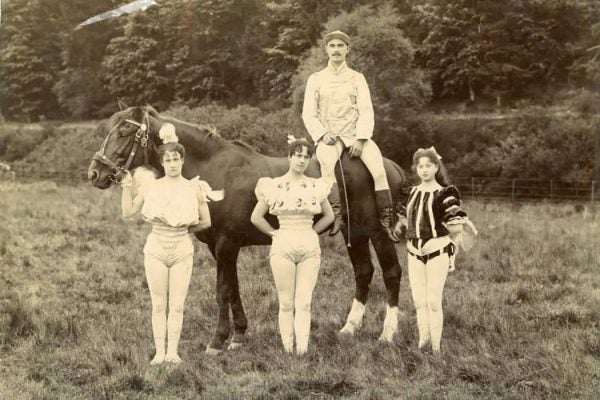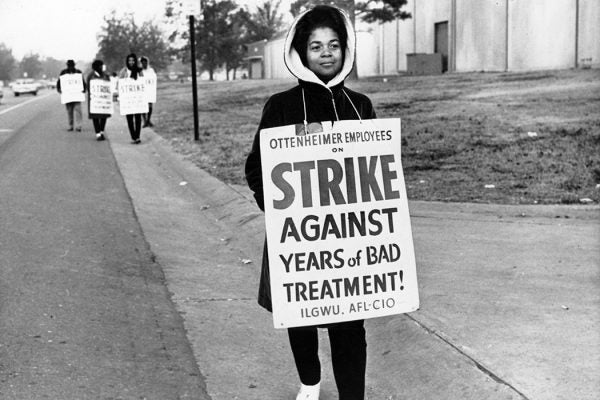Elephant Executions
At the height of circus animal acts in the late nineteenth century, animals who killed their captors might be publicly executed for their “crimes.”
Two William McKinley Autopsies
The 1901 assassination of US President William McKinley at the Pan-American Exposition in Buffalo revealed the abysmal state of race relations in America.
Hold the Line
As telephony developed, so did a workforce of switchboard operators—all women—who were ultimately rendered obsolete by technological progress.
Clemencia López and the Philippine Struggle for Freedom
López’s gender and appearance helped her contribute to anti-imperial and suffrage movements in a way her male peers couldn’t.
Money, Murder, and Mrs. Clem
Nancy Clem was a Gilded Age con artist whose swindles eventually turned deadly. Her crimes would test the era’s assumptions about class, gender, and criminality.
Philanthropy and the Gilded Age
As the HBO series The Gilded Age suggests, charity allowed wealthy women to play a visible role in public life. It was also a site of inter-class animosity.
Race and Gender Under the Big Top
The circus provided opportunities to some in the late 18th and early 19th centuries, but could not avoid the racism and misogynoir of the "outside world."
Vintage Circus Photos from the Sanger Circus Collection
In Victorian England, the circus appealed across an otherwise class-divided society, its audiences ranging from poor peddlers to prestigious public figures.
QAnon as Neo-Noir
The popular conspiracy theory has intriguing parallels with classic noir by Raymond Chandler and Dashiell Hammett.
The Global History of Labor and Race: Foundations and Key Concepts
How have workers around the world sought to change their conditions, and how have racial divisions affected their efforts?
